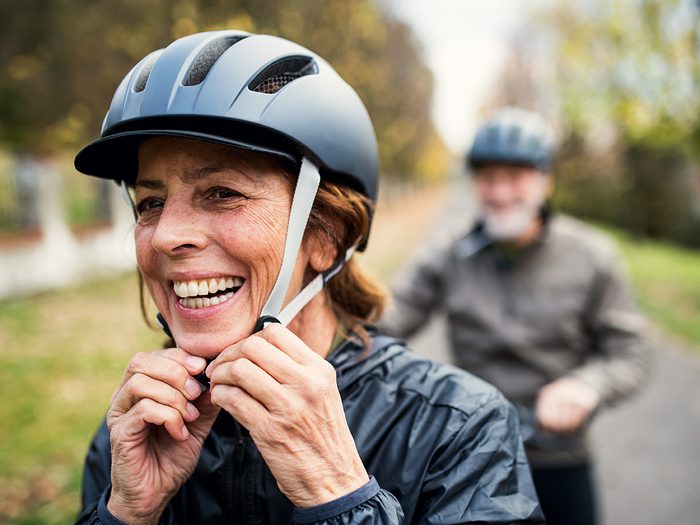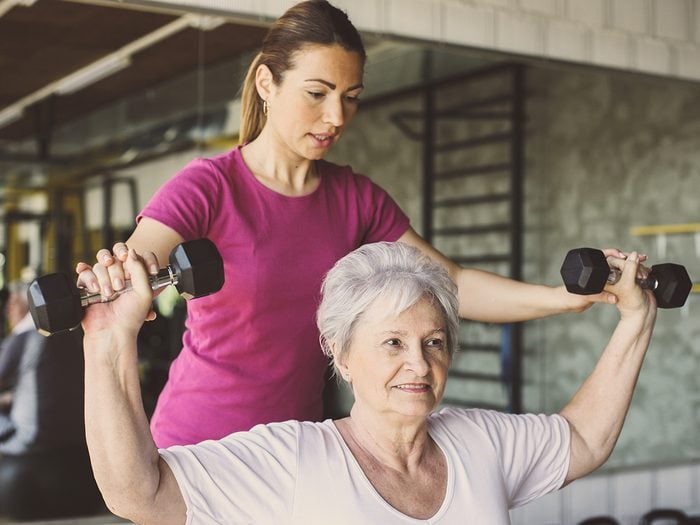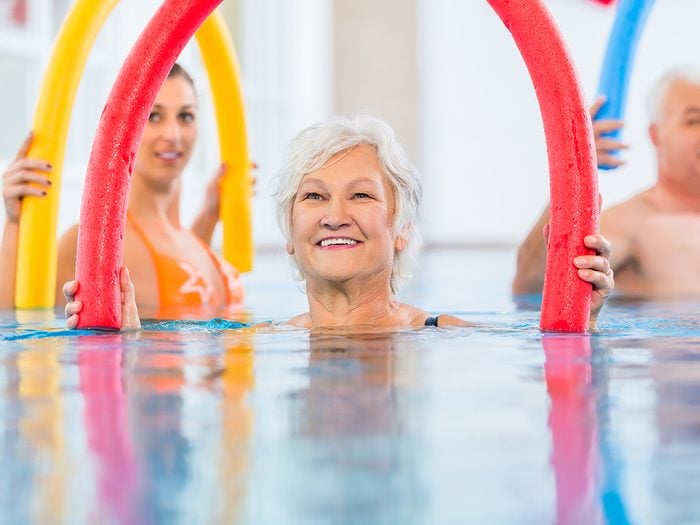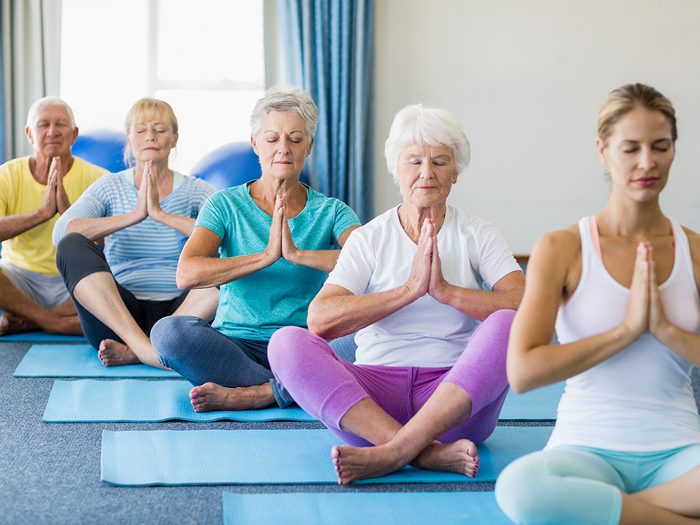
Group fitness classes may inspire you to move more
Should other people be part of your exercise routines? That’s largely a matter of personal preference, but exercising with a companion or in a group, whether it’s a scheduled yoga session or an impromptu bike ride through the neighbourhood, has many upsides. That’s because people tend to stick more faithfully with group exercise classes than with solo fitness routines.
“A bit of gentle peer pressure and friendly competition can go a long way when it comes to motivation,” says Dr. Dawn Skelton, a professor of aging and health at Glasgow Caledonian University in Scotland. Even informal arrangements between friends have the advantage of making you accountable to somebody other than yourself.
Here are the telltale signs you need to move more.

You’ll have access to professional instruction
In structured multi-person classes, participants can benefit from a certified trainer’s expertise and encouragement, often for a fraction of the price of one-on-one sessions. Offerings designed specifically for the needs of older adults are on the rise, according to the American College of Sport Medicine’s worldwide survey of fitness trends.
These include the internationally recognized strength and balance courses Otago (for older or frailer people) and Falls Management Exercise (FaME; for younger or more active seniors). Consisting of a series of strength exercises (such as calf raises) and balance exercises (such as walking backwards), both programs target the muscles and skills that will help participants avoid and, if necessary, control falls.
Check out more of the best exercises for seniors.

You’ll enjoy the rush
The most compelling reasons to join group fitness classes may be the rush: doing workouts with others promotes endorphins, morphine-like chemicals that reduce pain and make you feel good, sometimes even euphoric. Your body releases them when you’re on your own, but research suggests that group activities may have an edge.
Oxford University scientists compared the same athletes rowing solo for 45 minutes and rowing in a team for an equal amount of time. The team sessions resulted in higher endorphin levels, as measured by how much squeeze needed to be added to a blood-pressure cuff before the rowers felt the first twinge of discomfort.
Here are five daily habits that keep your muscles strong.

Group exercise classes promote social bonds
“Synchronized physical activity elevates mood and enhances a sense of social bonding,” the Oxford researchers explained. This natural high—and those strengthened relationships—just might give you enough motivation to keep coming back for more.
Don’t miss these pro tips on how to make new friends as an adult.